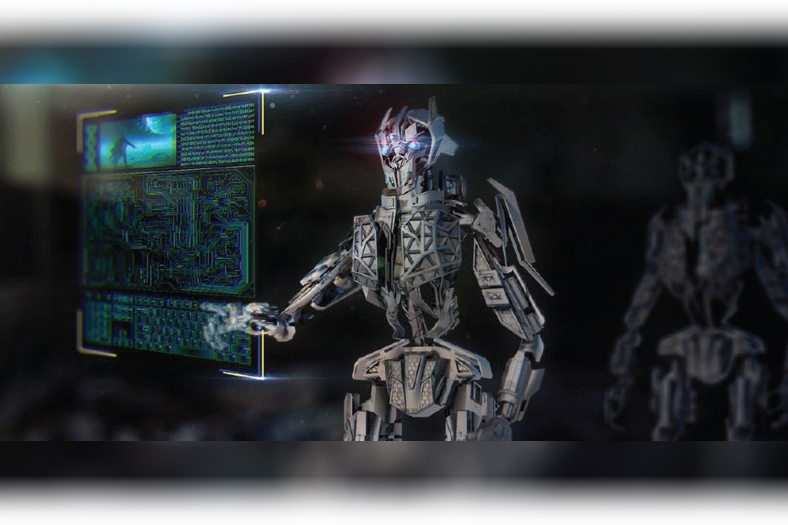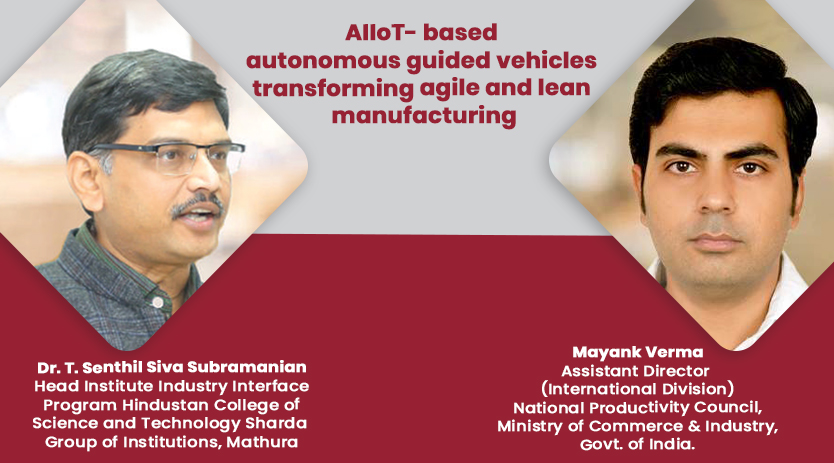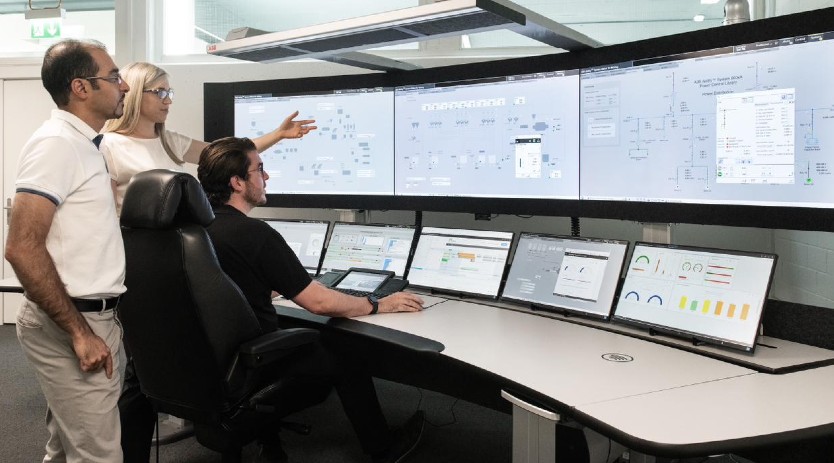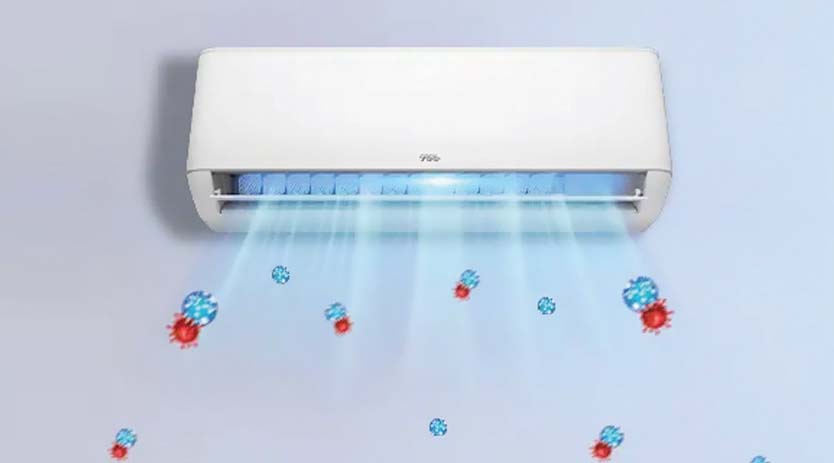Researchers’ algorithm designs soft robots that sense
May 2, 2021 1:38 pm
Deep-learning technique optimises the arrangement of sensors on a robot’s body to ensure efficient operation.
There are some tasks that traditional robots – the rigid and metallic kind — simply aren’t cut out for. Soft-bodied robots, on the other hand, may be able to interact with people more safely or slip into tight spaces with ease. But for robots to reliably complete their programmed duties, they need to know the whereabouts of all their body parts. That’s a tall task for a soft robot that can deform in a virtually infinite number of ways.
MIT researchers have developed an algorithm to help engineers design soft robots that collect more useful information about their surroundings. The deep-learning algorithm suggests an optimised placement of sensors within the robot’s body, allowing it to better interact with its environment and complete assigned tasks. The advance is a step toward the automation of robot design. “The system not only learns a given task, but also how to best design the robot to solve that task,” says Alexander Amini. “Sensor placement is a very difficult problem to solve.
So, having this solution is extremely exciting.” Creating soft robots that complete real-world tasks has been a long running challenge in robotics. Their rigid counterparts have a built-in advantage – a limited range of motion. Rigid robots’ finite array of joints and limbs usually makes for manageable calculations by the algorithms that control mapping and motion planning. Soft robots are not so tractable. Soft-bodied robots are flexible and pliant — they generally feel more like a bouncy ball than a bowling ball. “The main problem with soft robots is that they are infinitely dimensional,” says Spielberg.
“Any point on a soft bodied robot can, in theory, deform in any way possible.” That makes it tough to design a soft robot that can map the location of its body parts. Past efforts have used an external camera to chart the robot’s position and feed that information back into the robot’s control program. But the researchers wanted to create a soft robot untethered from external aid. The researchers also developed a novel neural network architecture that both optimises sensor placement and learns to efficiently complete tasks. First, the researchers divided the robot’s body into regions called “particles.” Each particle’s rate of strain was provided as an input to the neural network.
Through a process of trial and error, the network “learns” the most efficient sequence of movements to complete tasks, like gripping objects of different sizes. At the same time, the network keeps track of which particles are used most often, and it culls the lesser used particles from the set of inputs for the networks’ subsequent trials. By optimising the most important particles, the network also suggests where sensors should be placed on the robot to ensure efficient performance. For example, in a simulated robot with a grasping hand, the algorithm might suggest that sensors be concentrated in and around the fingers, where precisely controlled interactions with the environment are vital to the robot’s ability to manipulate objects.
While that may seem obvious, it turns out the algorithm vastly outperformed humans’ intuition on where to site the sensors. Spielberg says their work could help to automate the process of robot design. In addition to developing algorithms to control a robot’s movements, “we also need to think about how we’re going to sensorise these robots, and how that will interplay with other components of that system,” he says.
And better sensor placement could have industrial applications, especially where robots are used for fine tasks like gripping. “That’s something where you need a very robust, well-optimised sense of touch,” says Spielberg. “So, there’s potential for immediate impact.” “Automating the design of sensorised soft robots is an important step toward rapidly creating intelligent tools that help people with physical tasks,” says Rus. “The sensors are an important aspect of the process, as they enable the soft robot to “see” and understand the world and its relationship with the world.”
Cookie Consent
We use cookies to personalize your experience. By continuing to visit this website you agree to our Terms & Conditions, Privacy Policy and Cookie Policy.

















 English
English Hindi
Hindi